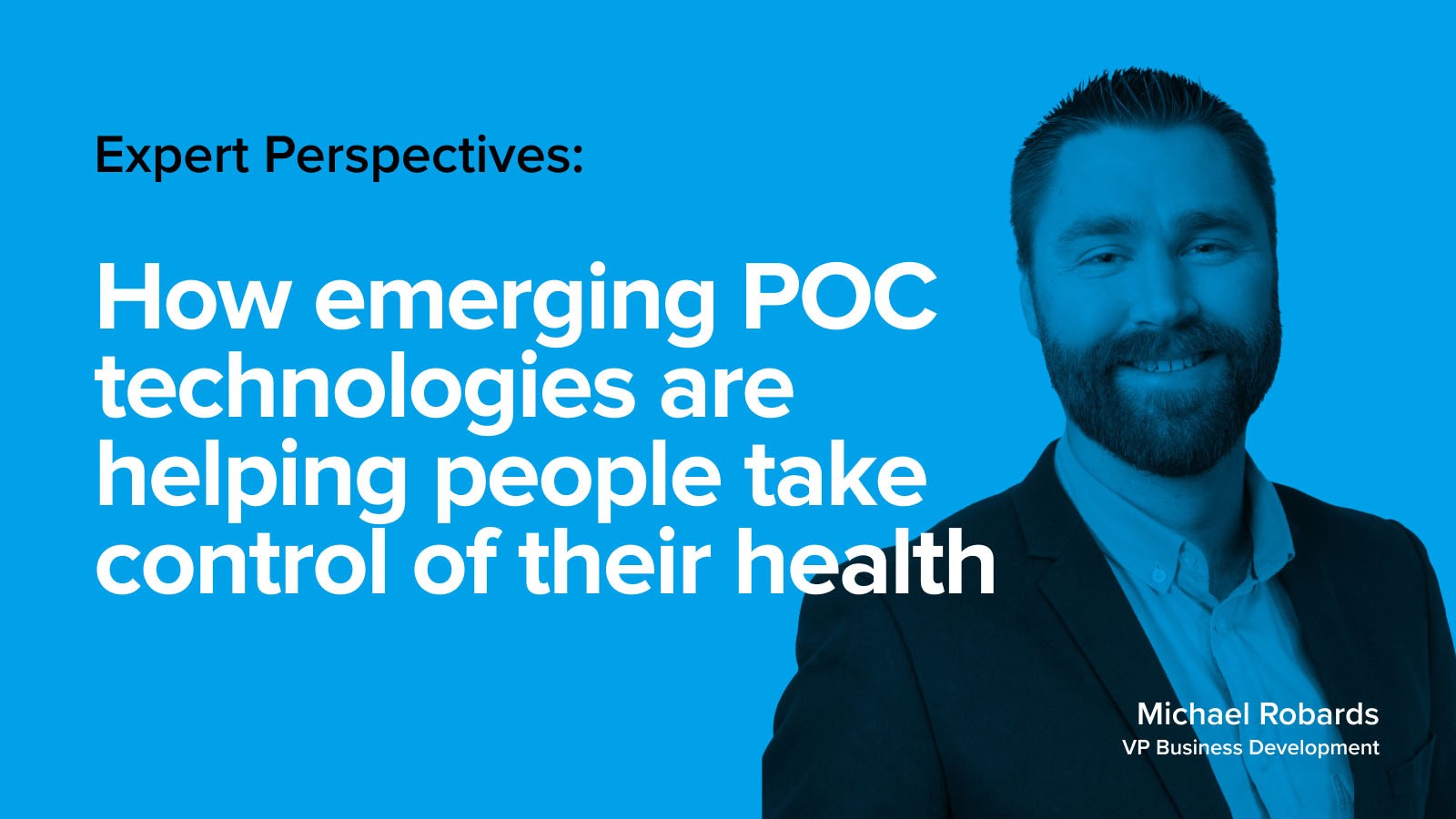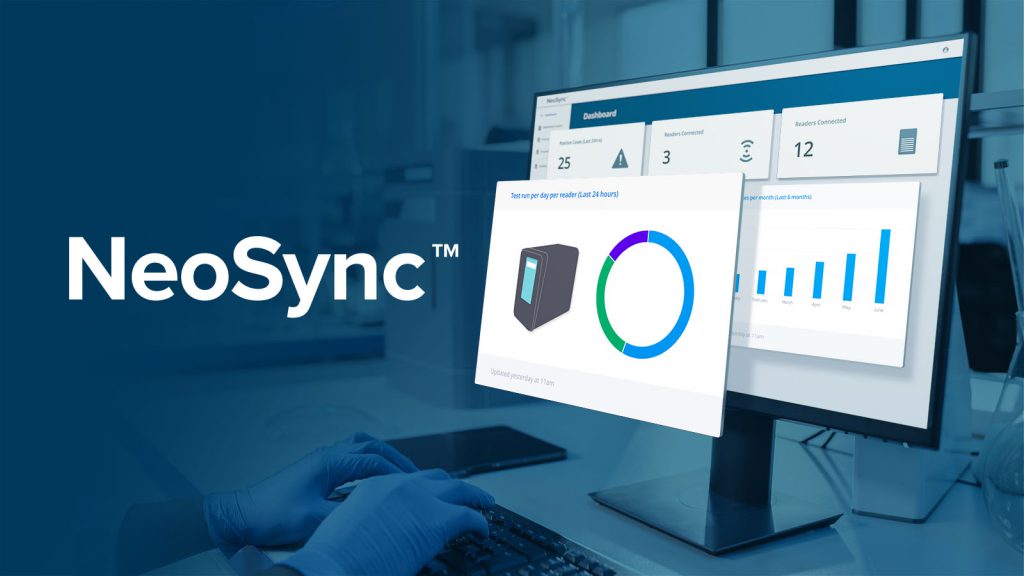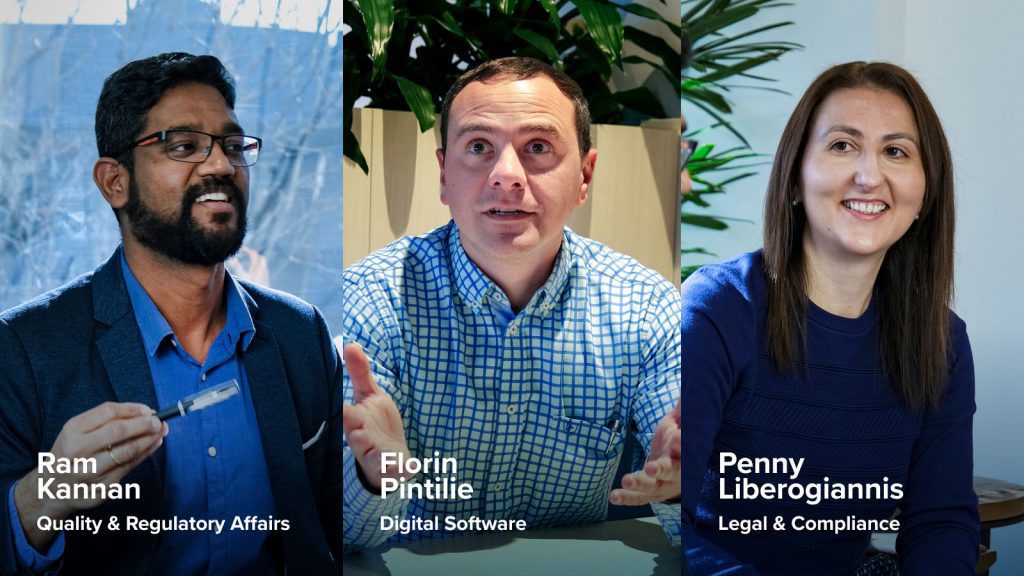
The demand for at-home patient monitoring and greater personal ownership of healthcare continues to grow, as do the opportunities for emerging players in this space. At the 14th Annual Next Generation Dx Summit in Washington, DC, I enjoyed a fireside chat with Adam Henry, SVP Corporate Development at Proof Diagnostics where we talked about emerging point-of-care (POC) companies and what they can offer; ways that people can take control of their health and the roles and responsibilities of tech companies trying to integrate in the regulated health space.
Here are some of my key take-aways.
Proliferation of the POC market
When H1N1 came about in 2009, it really was a major turning point towards the molecular flu market. At the time, the market was mostly rapid-antigen based, but H1N1 presented a number of difficulties with rapid antigen-based technologies which started transitioning the market towards molecular testing for a variety of reasons.
“You may as well have flipped a coin,” said Adam. “That’s what prompted the industry to cut over to molecular based flu tests – and it’s taken off ever since.”
POC have historically been focused on common applications such as fertility, drugs and abuse, rapid tests, and patient monitoring, but as the market is shifting, increasingly molecular applications and newer technologies are beginning to be geared towards the home user. Multiplexing and the ability to get more data off fewer tests and use cases are going to be key drivers in this expansion.
What does ‘taking control’ of your own health really look like?
Broader democratization of healthcare – taking personal control over your own health and wellness – is a trend we have seen for quite a while now. In terms of technology, we now have a variety of wearables with many different built-in sensors that manufacturers are making at scale; much of these new technologies haven’t even scratched the surface to how they truly engage with the end user medically.
Adam shared a story of how a decade ago he took control of his personal health after consistent high blood pressure during visits to his physician. During the standard process of having vitals taken, it was noted that his blood pressure would spike, and the physician recommended blood pressure medication. Adam knew that he didn’t have high blood pressure, so he started tracking it himself with his own cuff – keeping track morning, noon, and night; at home and at work; doing different things and so on.
Adam then took the charts to his physician and showed her that he did not in fact have high blood pressure – just whitecoat syndrome. “The point is – I took control of my own health,” said Adam. “This was a decade ago – these types of data inputs into the healthcare system are happening more and more today.”
Soon we are envisioning a full spectrum of test that can deliver a variety of data points in your own living room, but the real question is, who will be leading these newer techy remote devices and what will that look in terms of business objectives of these companies?
Considerations for the ‘at-home’ market: keeping the box running
There has been a lot of talk about the at-home market – mimicking the doctor’s office and ‘keeping the box running’ so to speak. We know that in lab diagnostics, any time an instrument is not running is a lost opportunity to generate more data outcomes and therefore a cost burden or revenue. So, “keeping the box running” is essentially what every device company is striving to achieve.
As there are more POC instruments being developed for at-home use, rather than a hospital or clinical setting, there are far more considerations when developing those products such as usability, form factors, QC, serviceability, just to name a few. Also, we acknowledge that there’s not always a clear reimbursement path for certain high valued tests. If we are trying to achieve maximum value of having more POC devices at home, they need to be simple, easy to use and of course have a clear path for FDA clearance and reimbursement.
Another major contributor to “keeping the box running” in a POC setting, is its ability to connect digitally into the regulated medical ecosystem. For instance, let’s say I’ve developed a new POC device and placed a hundred thousand POC devices across the United States in a variety of user sites including at home and both small and large laboratory settings. How do I, as the developer and manufacturer of a POC instrument, manage each of those ecosystems and connectivity needs? This must be a multi-tiered fleet management approach involving multiple parties.
Because each user has their own specific set of protocol requirements, it is the responsibility of the OEM device company to understand each of these parameters and build in ways to track, monitor and QC instruments in the field as well as also ensure their systems are being used properly and ensure successful integration into secure electronic heath record (EHR) systems.
If a company is wise, they can utilize this digital connectivity ecosystem to help “keeping the box running” across the globe and make sure their clients are satisfied at the same time. Digital ecosystems are not new, however integration into a variety of EHR’s globally is ever changing and we must consider these requirements on all new instrument or platform developments.
The convergence of business models: patient or consumer?
Inevitably, when it comes to personal control over health and wellbeing, big tech companies are on the periphery like sharks circling a fresh meal. The market is pivoting towards consumer healthcare, and they are patiently waiting.
Take retail and tech giant Amazon for example. I referred to an article about Amazon (‘Healthcare pros speak out against Amazon Care’), which in summary tells us patient care and health is secondary to convenience and business objectives. At the end of the day, it is obvious that the tech giants and the healthcare industry are going to merge, but how do we work through the vastly different business models and who is going to be the neutral “referee” to help guide? The FDA will need to play a critical role in this integration to ensure best practices are performed and companies are focused on healthcare first initiatives. We can easily foresee this being a daunting task against big money and external influences and we should be aware of this.
Concluding remarks
We are embarking on another major change in the way global healthcare is portrayed and conducted.
We must continue to build the foundation of trust and effectiveness to our patients, especially as we migrate towards more POC applications.
It is foreseen that industry leading healthcare companies will need to work heavily with the FDA to forge the inevitable confluence of consumer health with large tech companies breaking into the market.
It’s an exciting time watching the growth of the POC market. I look forward to seeing innovative technologies such as wearables and home-based devices get launched more commonly into the market as well as how the governing parties will continue to define and expand on how proprietary software, digital connectivity and secure data networks will remain the focus in our healthcare system.








